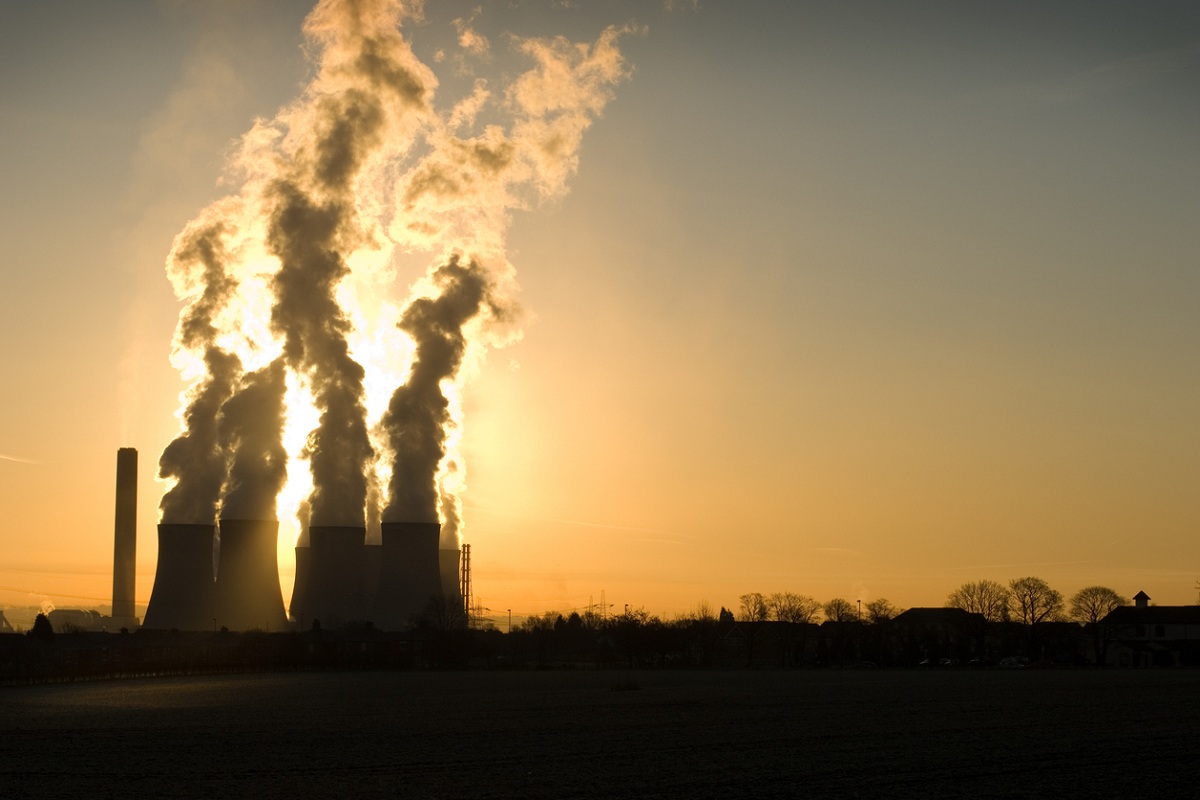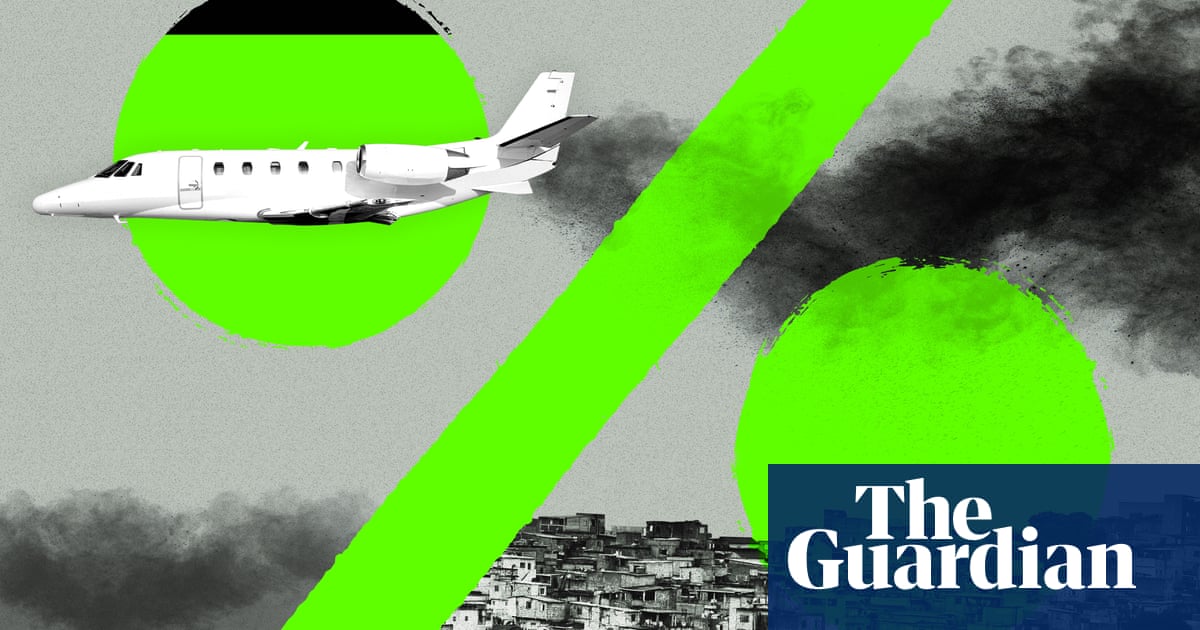In a report published by Oxfam International, the wealthiest 1% of the global population, consisting of 77 million individuals, emit as much carbon as the poorest two-thirds, totaling five billion people.

Also Read: Delhi AQI: Air Quality Continues to be in “Severe” Category
This climate disparity, outlined in the report titled “Climate Equality: A Planet for the 99%,” focuses on the urgent need for government policies to address the unequal distribution of carbon emissions.
The findings, based on research from the Stockholm Environment Institute (SEI), underlines the critical role of income levels in environmental impact.
The study reveals that the top 1% globally is responsible for 16% of global emissions linked to consumption, equivalent to the combined emissions of the bottom 66% of the global population by income.
This disparity is further addressed by within-country analyses, exposing extreme differences in carbon emissions between the wealthiest and the poorest. In France, the richest 1% emits as much carbon in a single year as the poorest 50% does in a decade.
Bernard Arnault, France’s richest individual and the founder of Louis Vuitton, stands out with a carbon footprint 1,270 times larger than the average French citizen when excluding emissions tied to investments.
As world leaders prepare to convene at the COP28 summit in Dubai, the report’s findings take on added significance.
Fears are growing that limiting long-term warming to the threshold of 1.5 degrees Celsius could soon become a challenge.
Also Read: Philippines: Mindanao Region a Felt 6.9 Magnitude Earthquake
The urgency of addressing climate change is underlined by the fact that the carbon emissions of the world’s richest 1% reflect those of the poorest two-thirds, amplifying the need for immediate action.
The income threshold for the global top 1% varies by country, considering purchasing power parity. This approach ensures a nuanced understanding of the economic disparities that contribute to environmental inequality.
For example, in the United States, the threshold for the top 1% would be $140,000, while the equivalent in Kenya would be approximately $40,000.
Max Lawson, co-author of the report, addressed the necessity for climate policies. Suggestions include imposing taxes on frequent air travel and differentiating taxes on green and non-green investments.
The report argues that policies should ensure that those with higher emissions bear larger sacrifices. These measures could include a tax on flying more than ten times a year or a higher tax on non-green investments compared to green ones.
While the study focuses on individual consumption-related carbon emissions, it acknowledges that the super-rich’s personal emissions are eclipsed by those resulting from their investments.
Previous Oxfam research has shown that billionaires are more likely to invest in polluting industries than the average investor.
Also Read: Dominica Creates World’s First Sperm Whale Reserve
Revealing a global pattern of inequality that disproportionately affects developing nations. Poorer countries, already struggling with the severe effects of climate change, bear the brunt of emissions produced by the wealthiest individuals.
Oxfam’s climate spokesperson, Simon Murtagh, highlights that the super-rich are “plundering and polluting the planet to the point of destruction,” leaving people to cope with extreme heat, floods, and droughts.
Max Lawson, co-author of the report, addresses the necessity of progressive climate policies. Suggestions include imposing taxes on frequent air travel and differentiating taxes on green and non-green investments.
The report argues that policies should ensure that those with higher emissions bear larger sacrifices. This call for measures is crucial to achieving meaningful change and fostering global cooperation in the fight against climate change.
The report comes at the time, with world leaders preparing to meet for climate talks at the COP28 summit in Dubai.
As fears grow that limiting long-term warming to 1.5 degrees Celsius could soon be impossible, the findings of this study add urgency to the need for actions.
Also Read: Sri Lanka Earthquake: 6.2 Magnitude Quake Jolts Colombo























